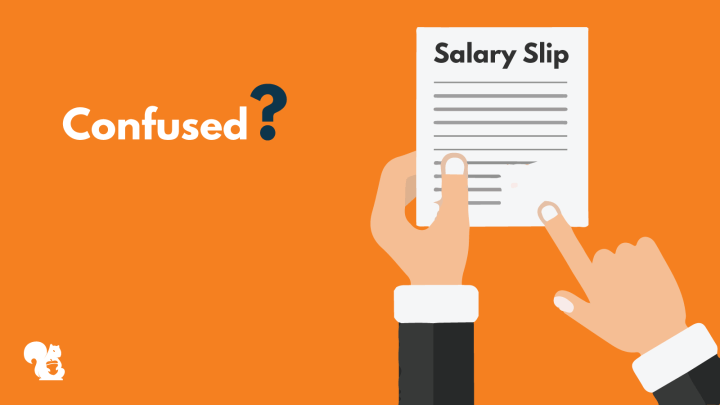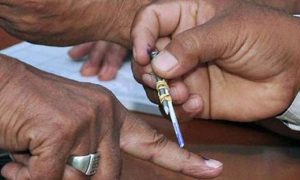Salary day is the most awaited day of the month to all of us. Along with the receipt of payment, we get a salary slip or payslip from our HR departments explaining the breakup of the what we receive in our bank accounts at the end of the month as “in hand salary.”
The terms and headings used in the salary slip are often confusing to many. Here are all the terms that you see on your slip and how your salary is often split between various benefits and deductions from your the employer.
Salary slip format
The main components of a salary slip include earnings and a deductions section.
Earnings
Basic salary:
This is the most important of all the other details. This is because it decides most of the other contents of your pay like EPF (Employee Provident Fund) share made towards your retirement fund. It usually makes up for 35 to 40 percent of your total pay.
Dearness Allowance:
Received mostly by government employees, it is an allowance paid to reduce the impact of inflation on the employee. In case you receive DA, your PF will be calculated as a percentage (that is 12 percent) of the basic pay plus DA.
House Rent Allowance (HRA):
HRA, as the name suggests, is meant as an allowance towards the rent paid by the employee. This amount is again decided as 40 to 50 percent of the basic. The share varies based on the location of the employee’s residence (metro or non-metro).
Conveyance Allowance:
This allowance covers the employee’s cost of commute to and from the workplace.
Leave travel allowance:
It covers the employee and his/her family’s travel expenses while on a holiday (leave from work). It usually covers air and railway fares for travel within India. The family here includes the spouse, children, and dependent parents or siblings.
Relocation allowance:
This is provided to employees who have to relocate from their place of residence for the job. It is paid in a single lump sum in one of the initial months of the job.
Medical allowance:
An allowance given to cover the employee’s medical expenses during their employment years.
Performance Bonus and Special Allowance:
This is provided to the employees as a means of encouragement.
Others:
Some employers also provide allowances like child education allowance for school tuition fees of two children and perquisites like motor vehicle allowances.
Deductions:
A salary slip will comprise of these three elements in almost all salary slips:
Provident fund (PF):
Calculated as 12 percent of the basic salary (plus DA, if any), this will be a part of our CTC. While both the employer and the employee make equal contributions towards the employee’s PF, only the employee’s share is mentioned in the salary slip.
Professional Tax:
This tax is levied by some of the state governments. So if you work in the states of Andhra Pradesh, Assam, Bihar, Chattisgarh, Gujarat, Karnataka, Kerala, Maharashtra, Madhya Pradesh, Meghalaya, Odisha, Sikkim, Tamil Nadu, Telangana, Tripura or West Bengal, a part of your salary is paid as professional tax. The rate at which it is charged varies from state to state.
TDS:
Tax Deducted at Source is the share of tax that you are liable to pay to the government. It is paid by your employer on your behalf based on the taxable slab rules of the Income Tax department. You can check if your employer has deposited the mentioned amount with the government be viewing your form 26AS on the e-fling website.
Why is important to have a record of your salary slips?
Salary slips serve as a record of your earnings that you will need to submit at various places of business.
Banks: You will require to submit it as an income proof for credit card applications, taking loans, and other types of borrowings.
Shopping: While shopping at a store for the high priced item that you wish to pay in installments, you can avail the EMI facility for it. You will be asked to show your payslips from the past months as income proof.
Government agencies: In order to avail some subsidies reserved for certain income groups only, one needs to show salary slip.
Employment proof: It can also serve as your official proof of employment at certain places like in the case of travel visa or at a university where it would be required.
Tax filing: In case you have your changed job in the year and you are not able to trace your form 16 or not able to get it from your previous employer, you can file for your taxes using the monthly salary slips to calculate your income.
New job offers: When you are looking for a new job change, salary slips come handy in negotiating salary with the new employers as the pay is set on the previous employment’s legal evidence of salary received.
Important account numbers: There are times when you may not be aware of all your account numbers. A salary slip comes in handy when you are looking for your PAN, UAN, PF account number and salary bank account number at once.





































